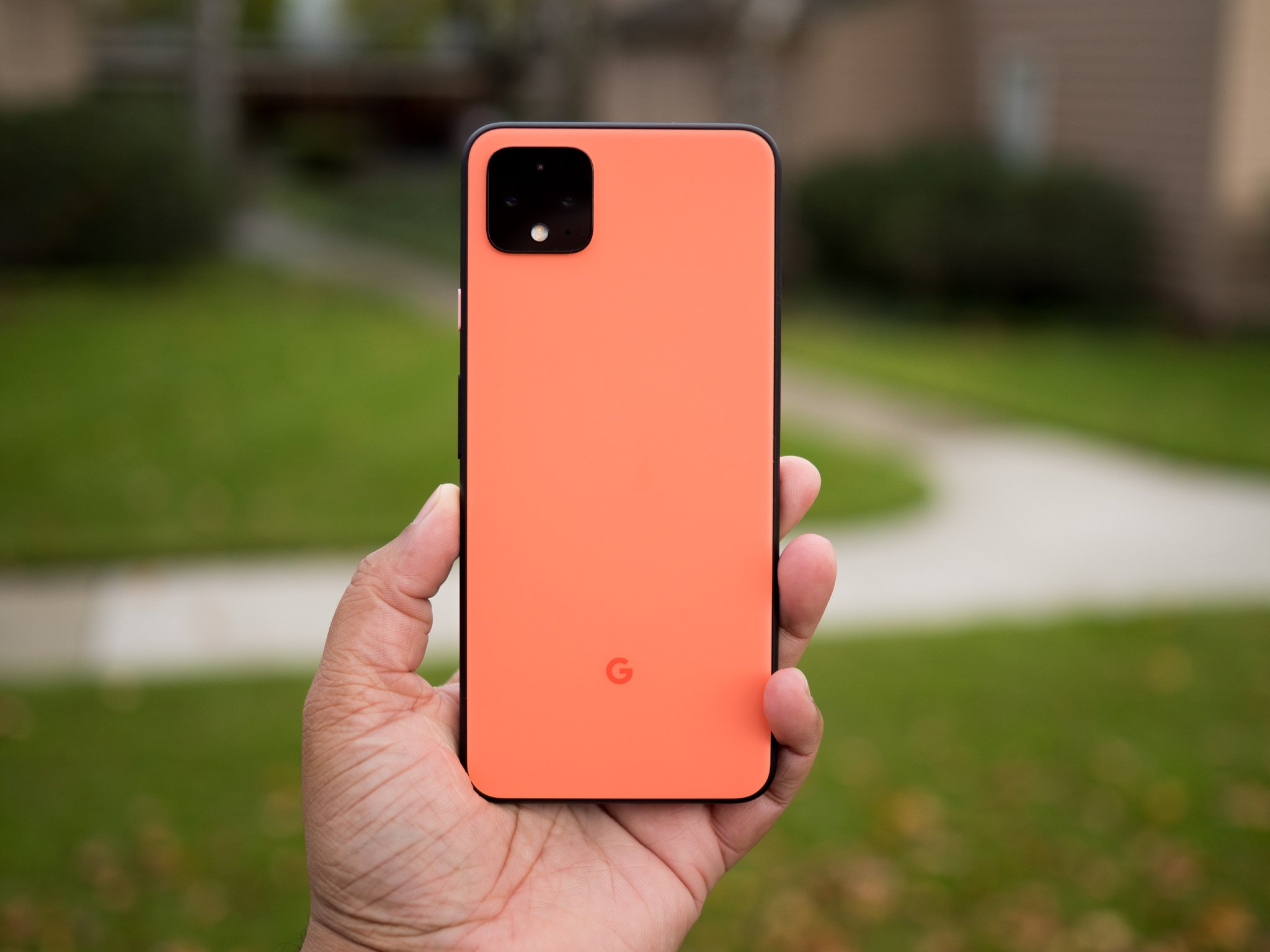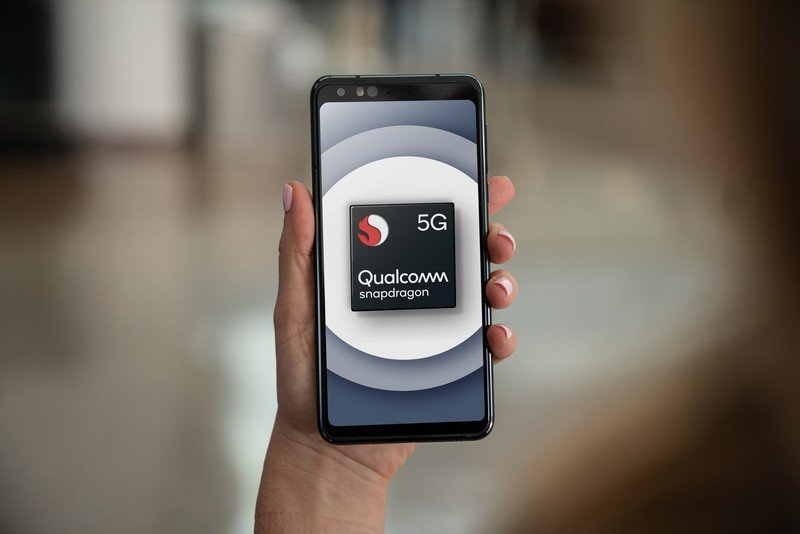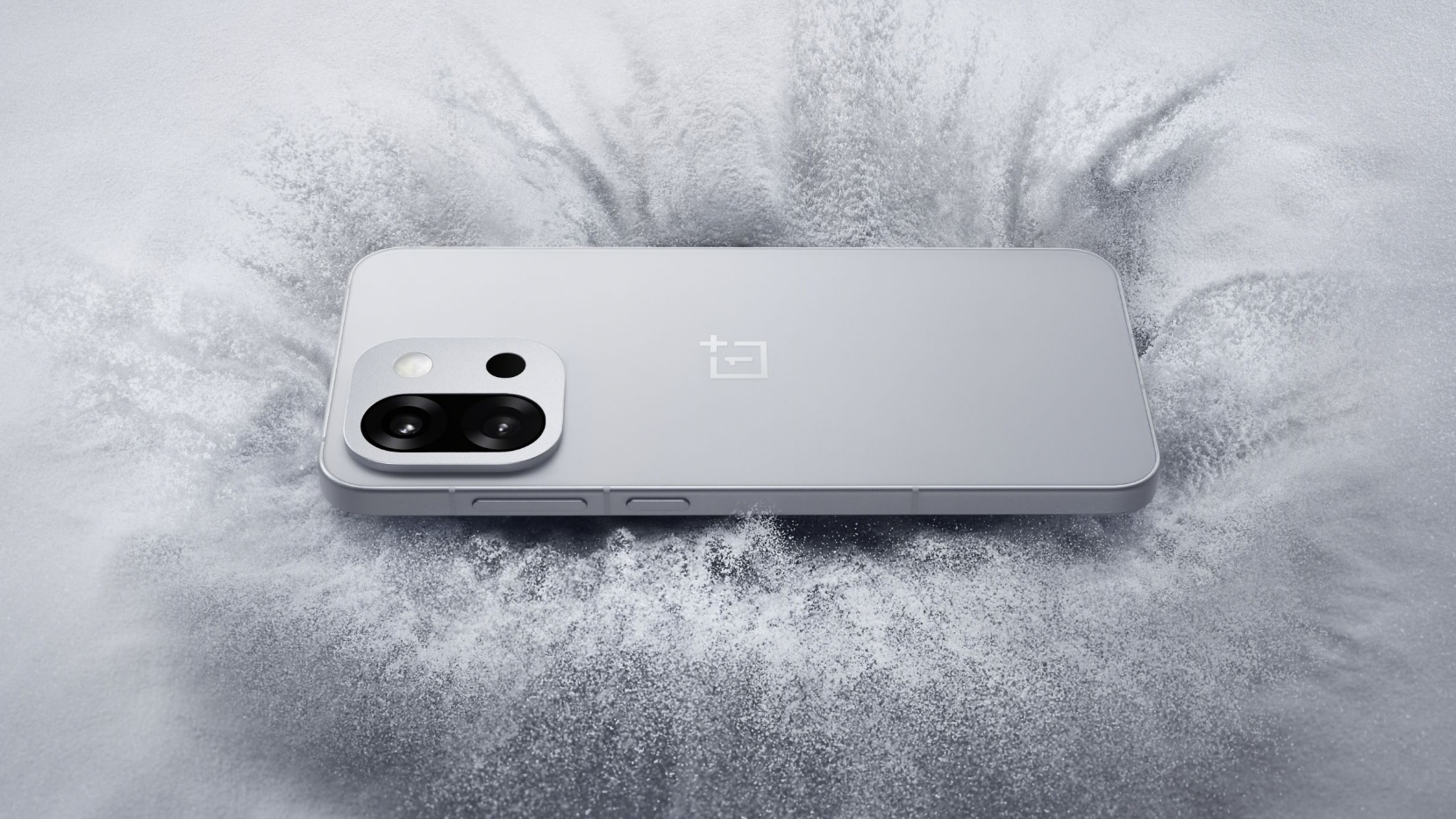From the Editor's Desk: Decoding Google's Pixel plan for 2020

Our collective journey of discovery around Google's 2020 Pixel phone lineup has been littered with false starts and red herrings. It's no secret that the Pixel line has had its issues over the years. Google often tripped up on basic hardware factors. Sales have failed to set the world alight. Recent reports have even suggested that the people at the very top weren't satisfied with parts of the Pixel 4 before it went on sale.
And so with 2020 shaping up to be a make or break year for the Pixel brand, it's surprising to see Google apparently retreating from the high-end flagship space. Every mainline Pixel phone since 2016 has used a Snapdragon 800-series chipset. This year, reportedly, it'll use the less powerful (but still 5G-capable) Snapdragon 765 series in a single Pixel 5 phone, which will be small-sized, with no solid info to corroborate the existence of a Pixel 5 XL.
Three Pixels. Two running a Snapdragon 765. And No XL?!
Instead, the most reliable leaks out there point to:
- Pixel 4a: Snapdragon 730, single camera, small size, $299-249 depending on who you believe.
- Pixel 4a 5G: Snapdragon 765 series... and that's all we know.
- Pixel 5: Snapdragon 765 series, small size, at least two cameras, around $699.
Google has often gone against the grain of the high-end smartphone industry, to the frustration of jaded tech journos like yours truly. Nevertheless, this a massive departure from previous years of Pixels that, on the face of it, seems slightly nonsensical.
The high-end segment is dominated by devices with large displays, to the point where it's expected that any "premium" handset will at least have a big-screened option. Not having one is bizarre in the extreme. Are the leaks simply wrong? Possible, but there's little credible info out there pointing to the existence of a Pixel 5 XL.

As for the use of a Snapdragon 756 (series) processor, the move away from a top-tier (and top-priced) Snapdragon 800-series chipset points to Google attempting to compete more on price than in past years, while still offering a device with the connectivity that discerning 2020 phone buyers expect. It's worth noting that the Pixel 5a 5G and Pixel 5 might not, in fact, use the very same processor.
The most accurate information we have on these devices' silicon comes from mentions in the Android Open Source Project code, which references both devices using Qualcomm "SM7250" chips. The SM7250 family includes Snapdragon 765, 765G and 768G, with the latter boasting clock speeds quite far ahead of the former. It's possible the Pixel 4a 5G could use the 765, while the Pixel 5 would benefit from the beffier CPU and GPU clocks of the 768G.
Be an expert in 5 minutes
Get the latest news from Android Central, your trusted companion in the world of Android
As for why Google has relocated to a mid-priced flagship space, Android Police's David Ruddock posits that anaemic Pixel 4 sales have forced Google to sing to the carriers' tune with the Pixel 5. Or in other words, Google had to launch a cheaper "premium" Pixel to keep Verizon onboard. That's entirely possible, but if carriers have such sway, I'd have assumed the carrier would also push for a Pixel 5 XL as well.
Pixel 4a might arrive in August... but then what happens in October?
At least if the (apparently cancelled) Pixel 4a XL was retired in favor of a similarly sized model with 5G connectivity, that'd make a bit of sense. It's easier, after all, to upsell folks who want a bigger phone on a device that's also faster and comes with next-gen network support.
Pixel soothsayer Jon Prosser now says an August 3 launch is on the cards for the Pixel 4a. (That would be just a month before the expected final release date of Android 11, which the 4a would presumably get on day one, mere weeks after being launched on... Android 10?) If that happens, it'll be fascinating to see whether Google tips its hand further and reveals the 4a 5G this summer — or whether the traditional October Pixel event will herald the arrival of the Pixel 5 alongside a 5G version of a phone announced a couple months prior. A weird turn of events for sure.
But hey, it's 2020. "Weird' is pretty much the default setting these days.
Other odds and ends for a semi-working weekend:
- Twitter (sorta) got hacked this week. While most of the attention was on the social engineering that enabled the attack, and the money duped out of followers attackers, my colleague Andrew Martonik has another take. In theory, someone, somewhere could have a cache of Elon Musk or Kanye West's Twitter DMs. Quite possibly far more valuable than a handful of Bitcoin.
- Stupidly fast smartphone charging is coming as soon as this winter — think a full recharge in as little as 20 minutes. But as Jerry Hildenbrand points out, there's always a trade-off in the long term.
- As a daily Wear OS user, I agree with everything written here. Qualcomm's lackadaisical approach to updating its Snapdragon Wear series of chips hasn't helped, but Wear OS's problems run deeper than just occasional slow performance.
- Next week sees the launch of the OnePlus Nord, a triumph of marketing however good the phone itself turns out to be. Would anyone care as much were this just a "OnePlus 8 Lite," without all the pomp and ceremony? Naturally, stay tuned for all our coverage.
That's it for now. Have a great weekend, and stay safe.
-Alex

Alex was with Android Central for over a decade, producing written and video content for the site, and served as global Executive Editor from 2016 to 2022.

